My previous post sketched some historical neighborhoods of some cities in northwest Crete. The present one is more intimate to propose selected scenes of rural life.
Rural life in Crete remains based on the traditions of farming, stock breeding, fishing, and handicrafts. Local rural life is rather quiet indeed. However, it does not convey an impression of stillness, laziness or apathy. Life runs and flows, even if the rhythm might be slow. Crete’s agriculture is spatially extensive. It remains that the island is one of Greece’s leading regions for producing olives, olive oil and grapes, as well as other vegetables. I love olive trees not only for their fruits but also for their tormented and colourful woods, and could not resist to explore the topic with my camera.
I fell in love with a village, somewhere in the north of Crete. Owing to a local clay mine, the village developed a local know-how on pottery handicraft rooted back in the Minoan period. The local clay is so special that if baked with wooden fire, it does not need any glazing process to serve as recipient. Modern techniques have also made their way to the local potters, but the traditional ceramic is still being produced. I visited the village several times, as it stimulated strong emotions in my inner self that my pictures aim to convey here. I met also very nice people there, like those below.










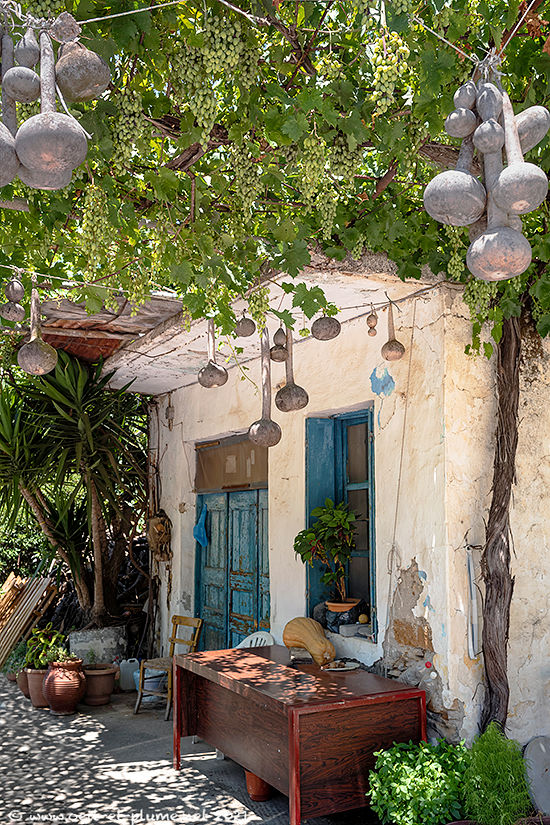




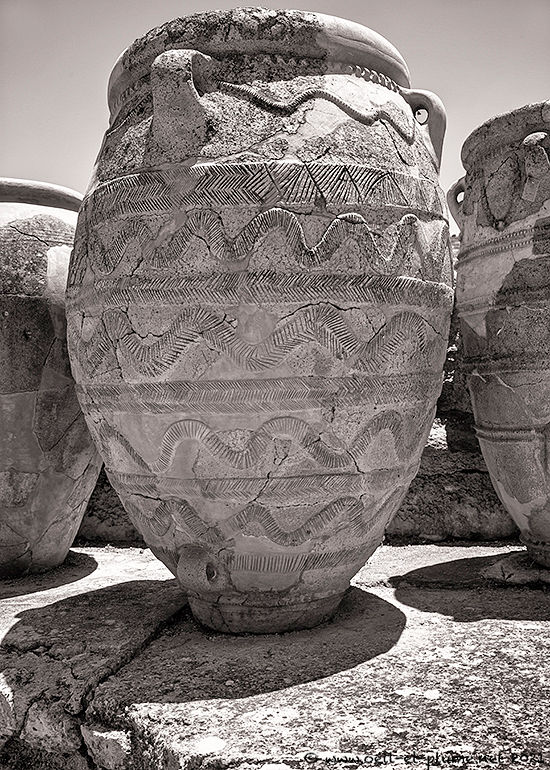


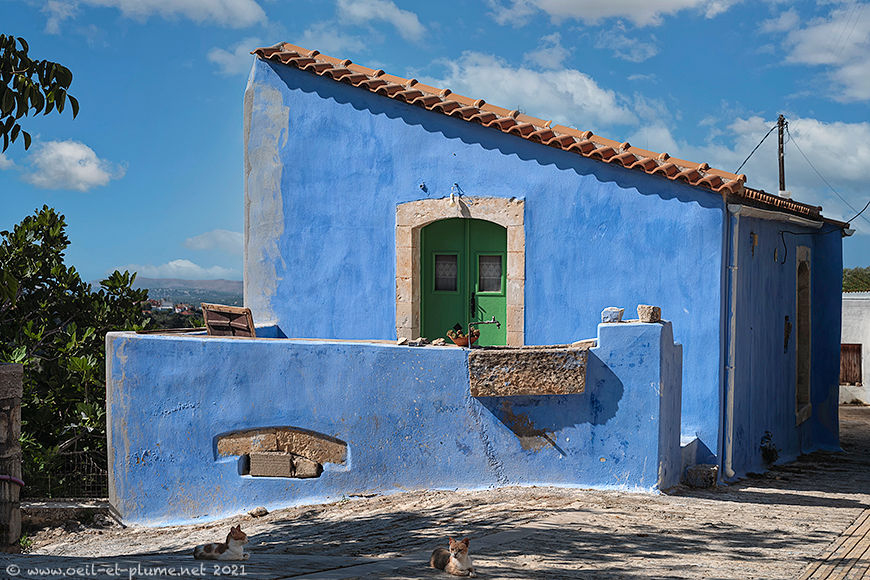
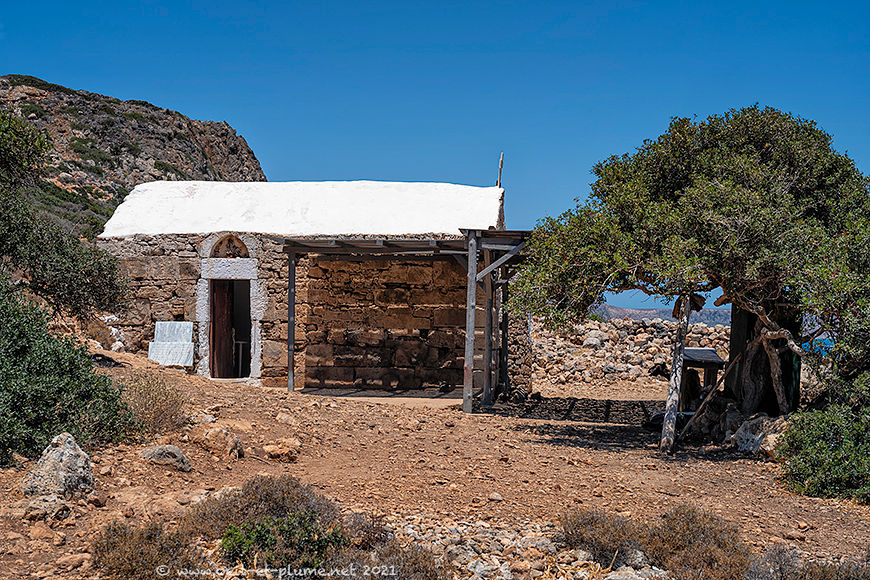

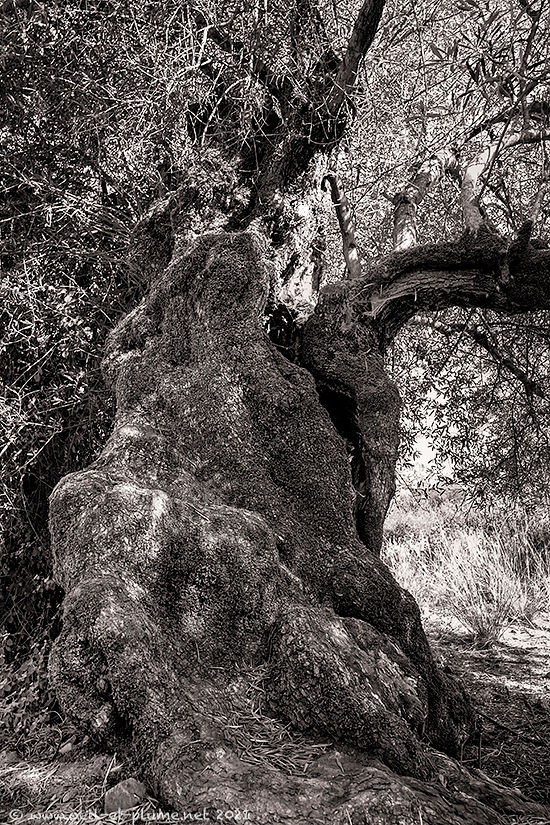
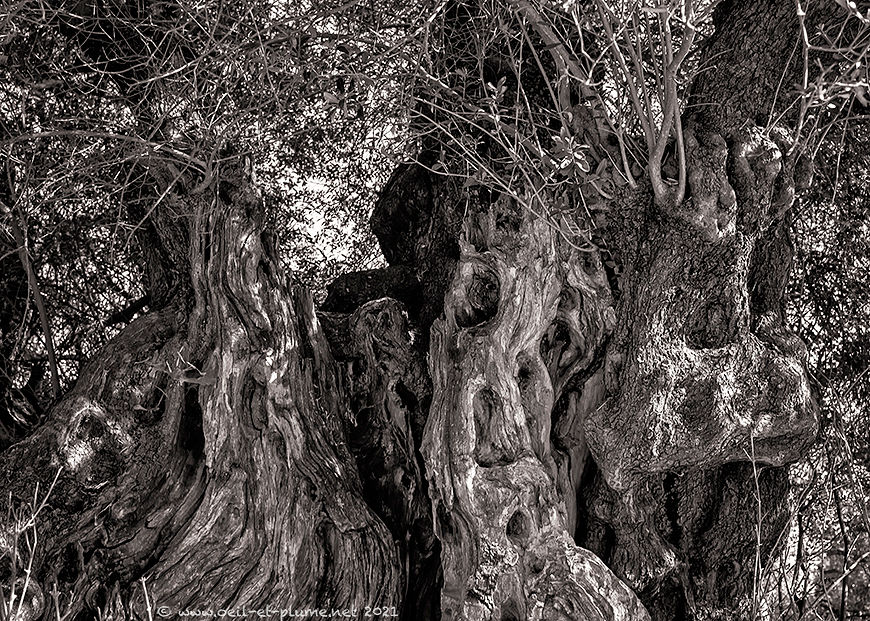



Cheers,